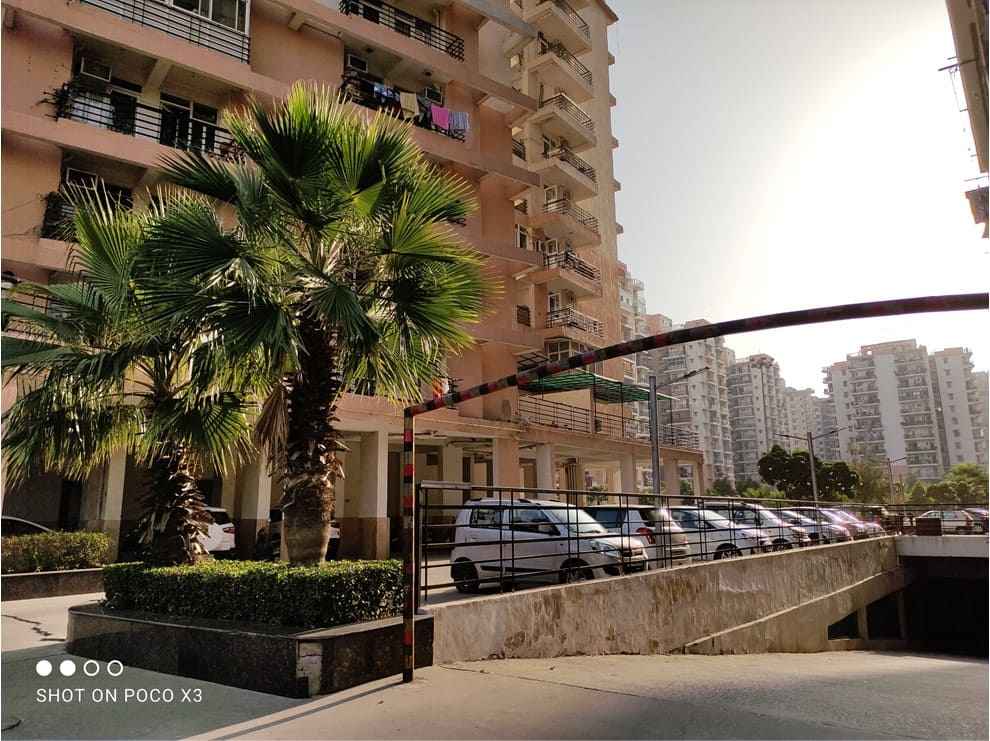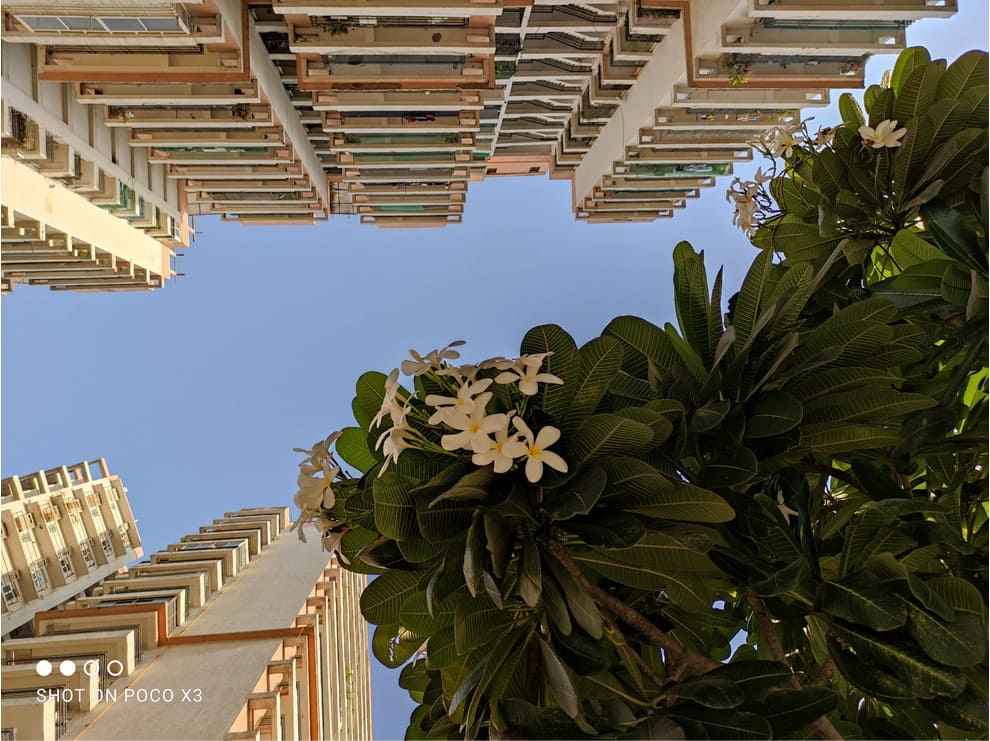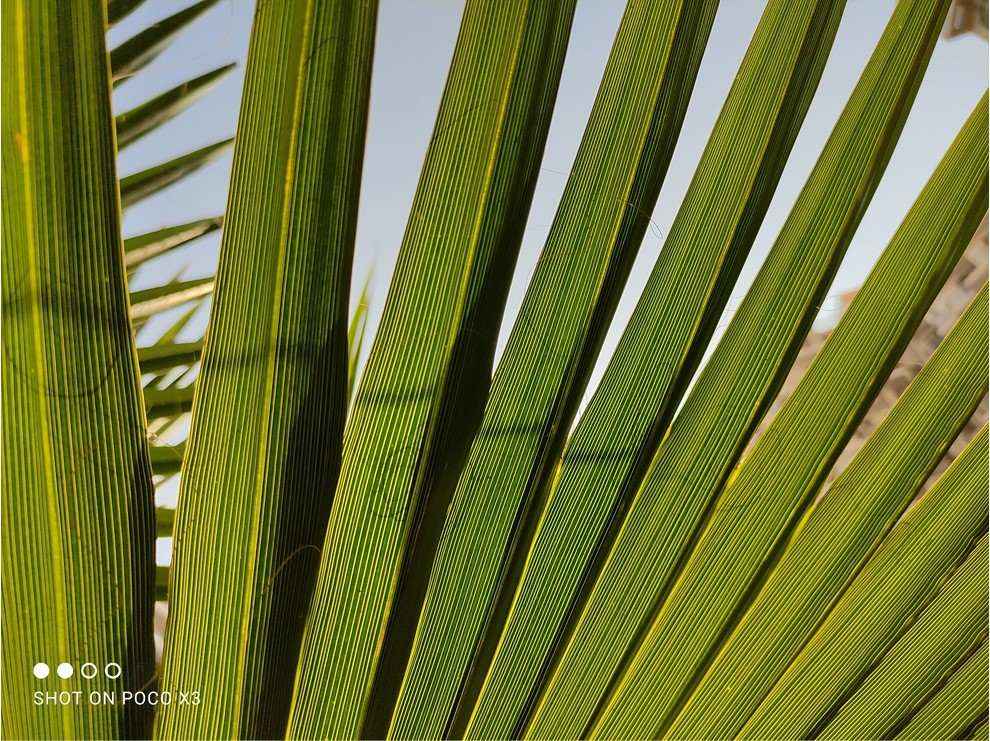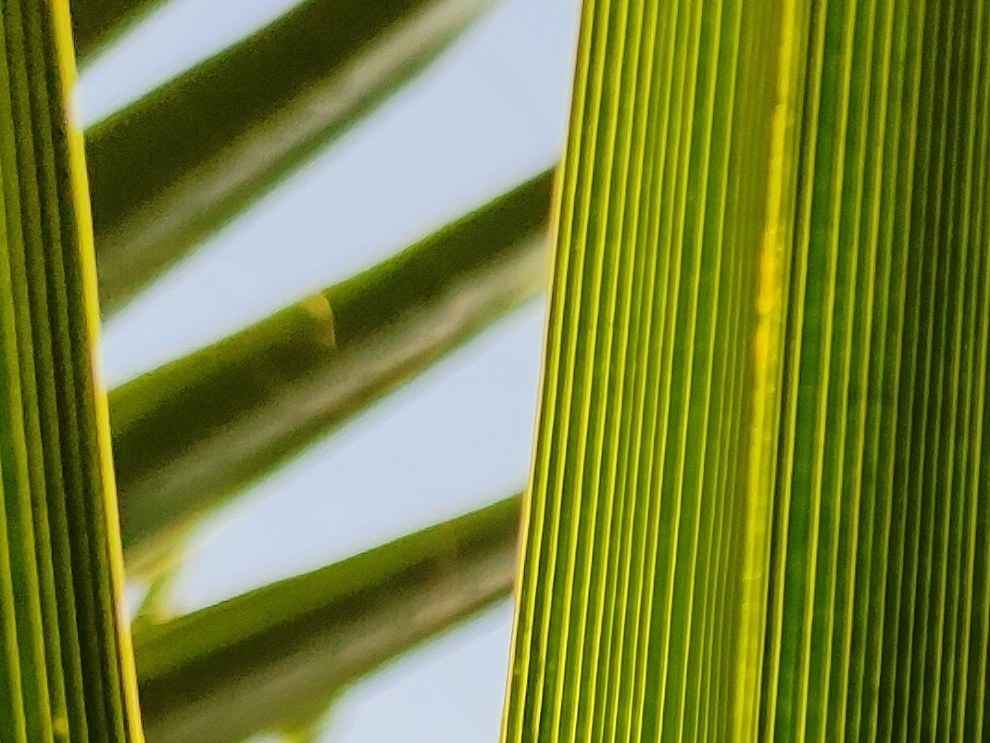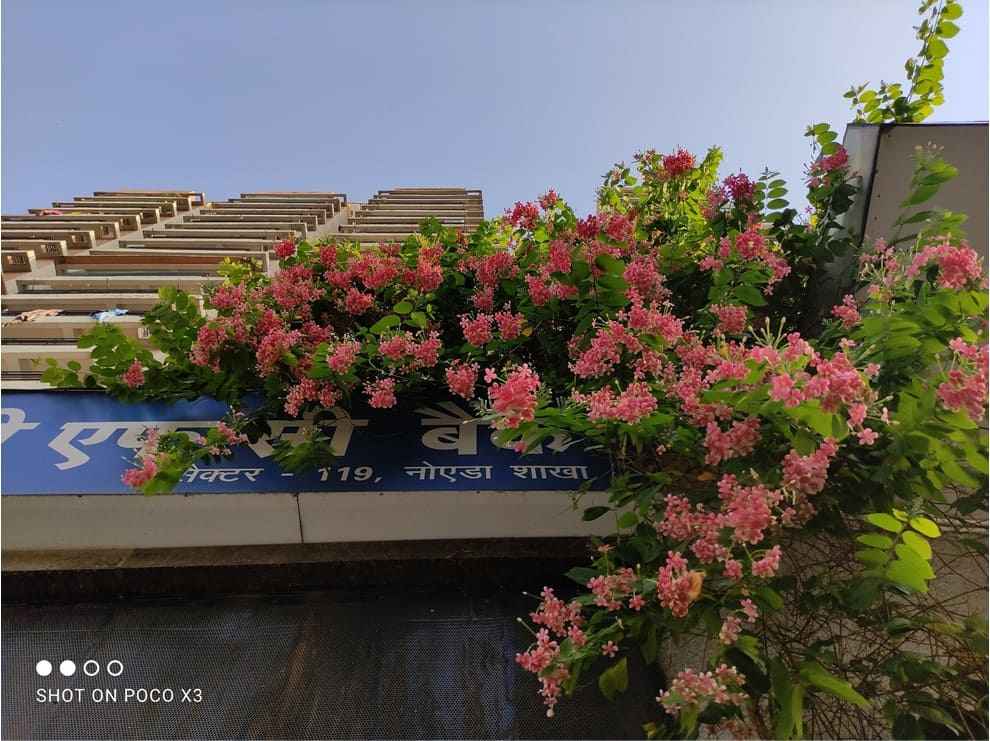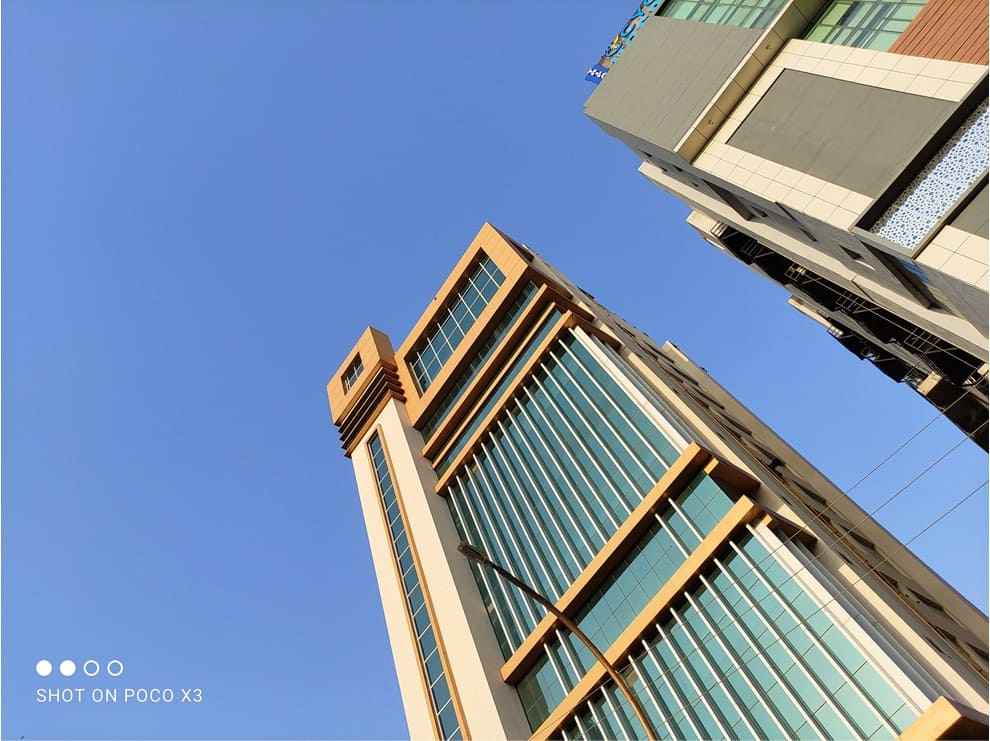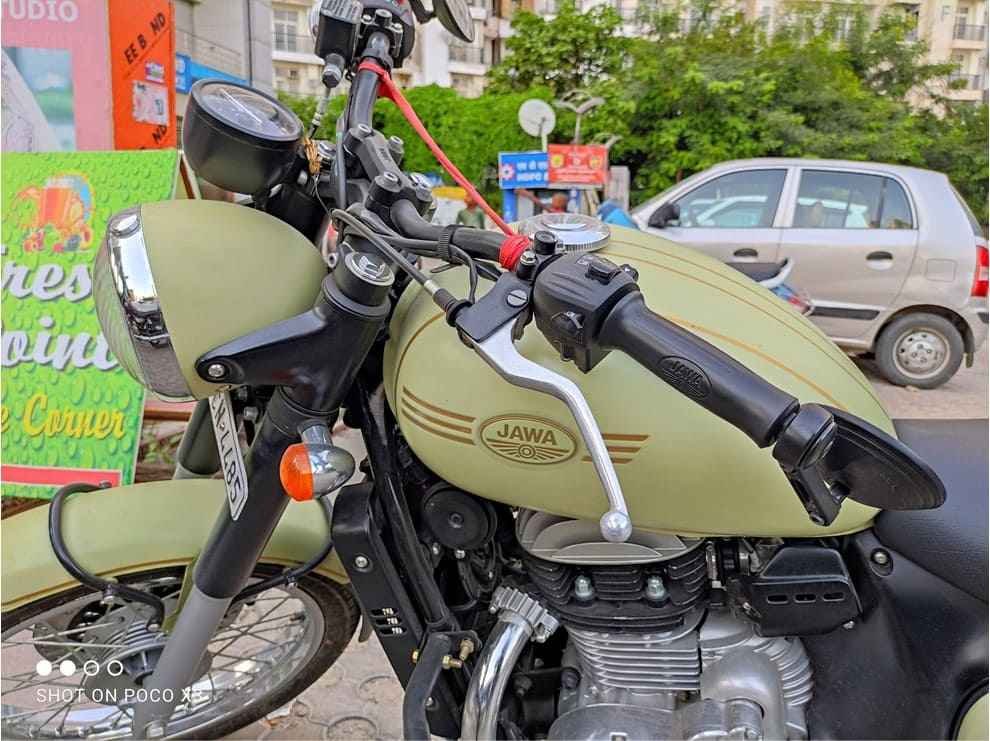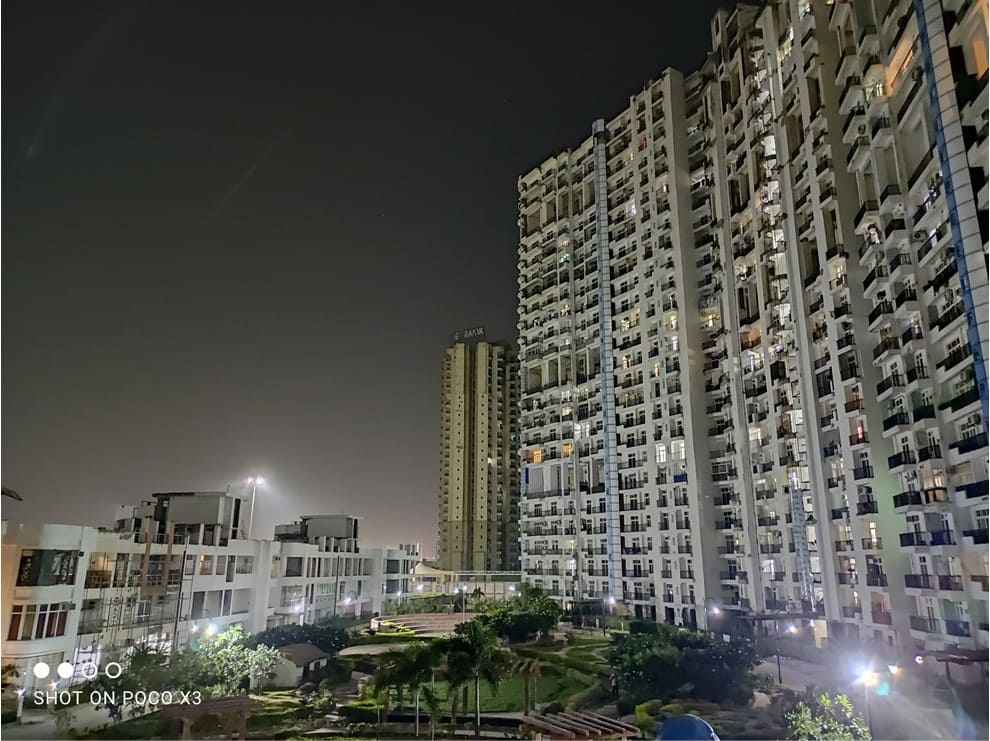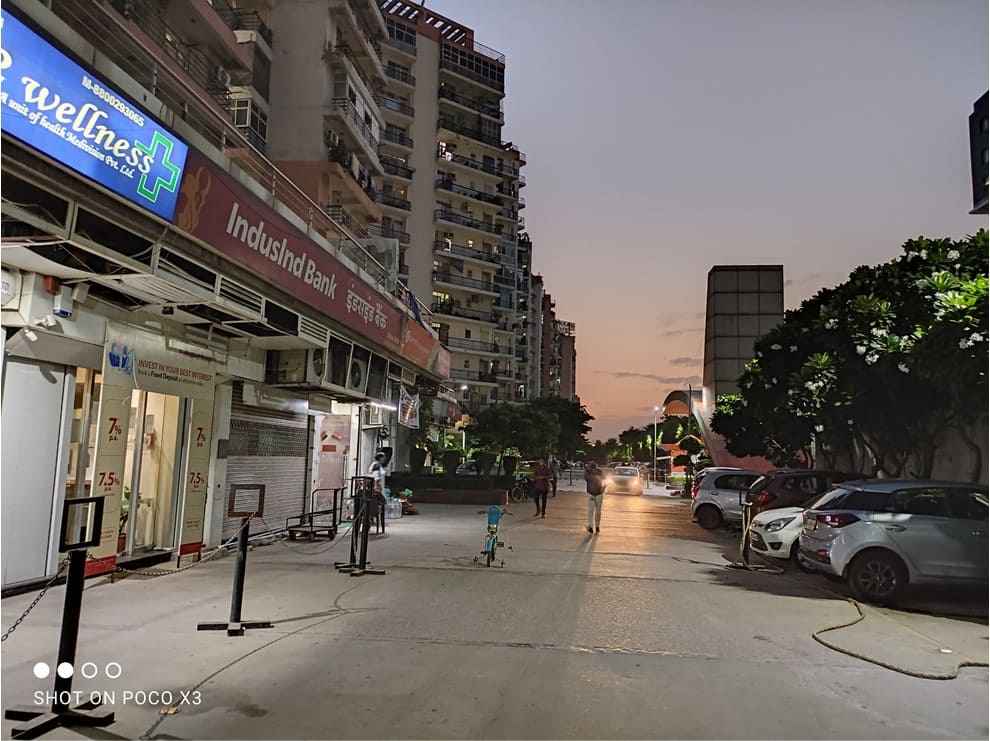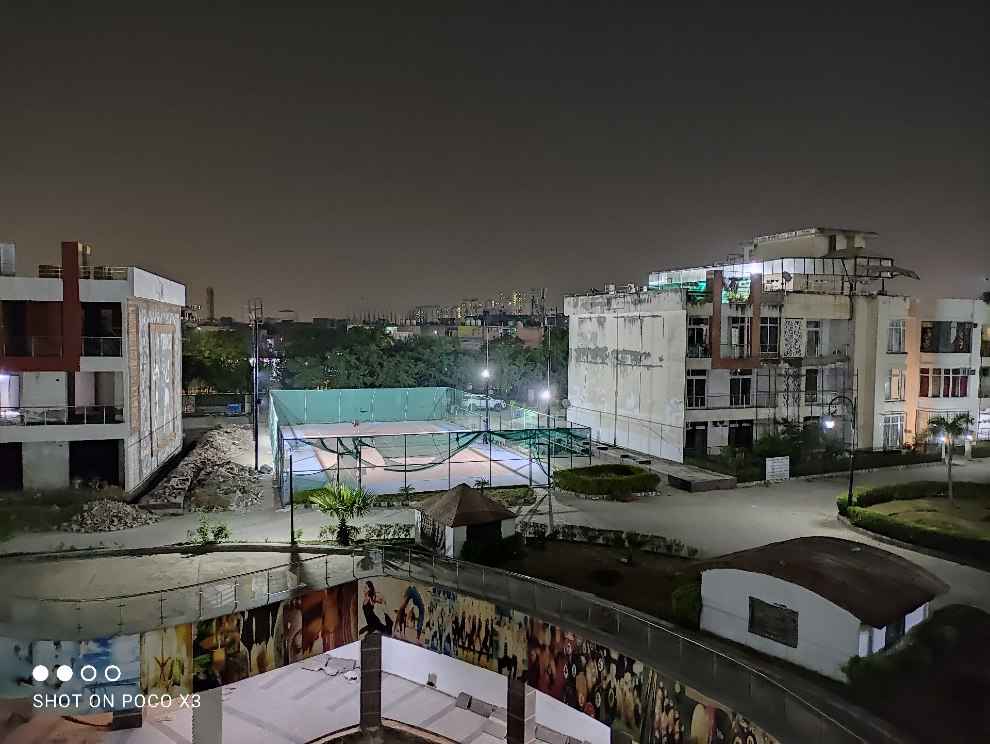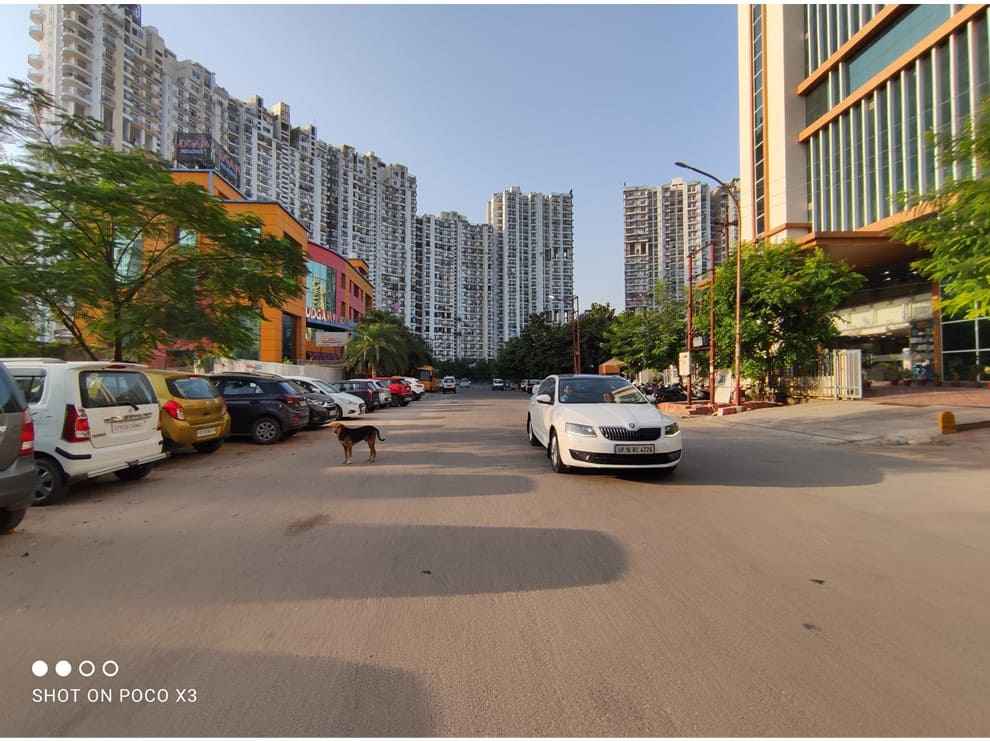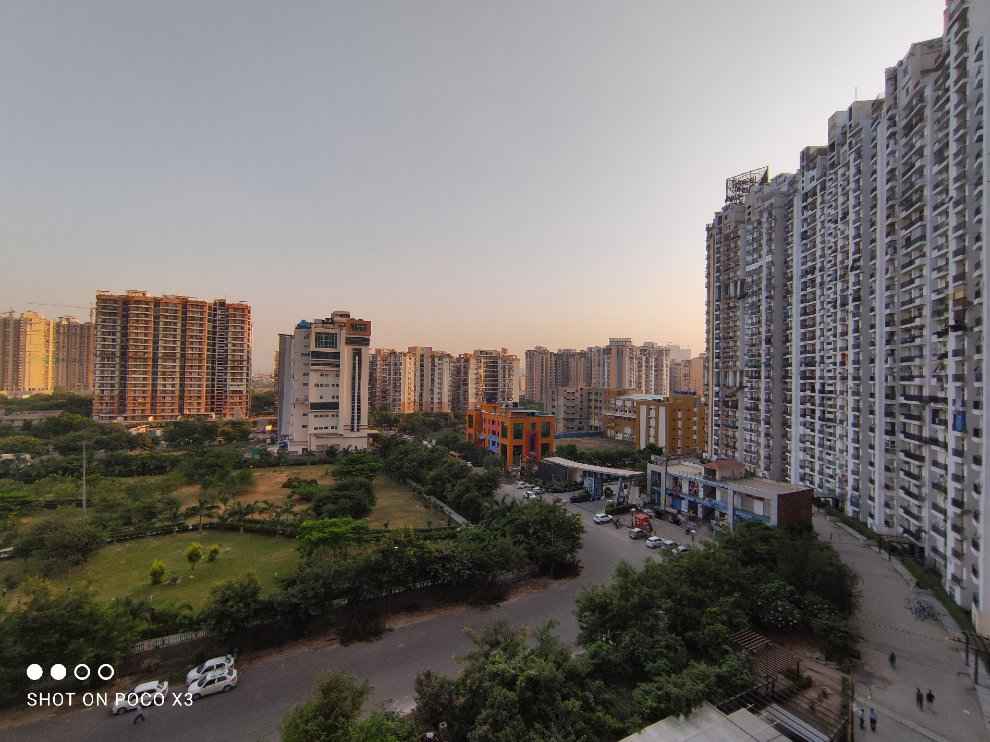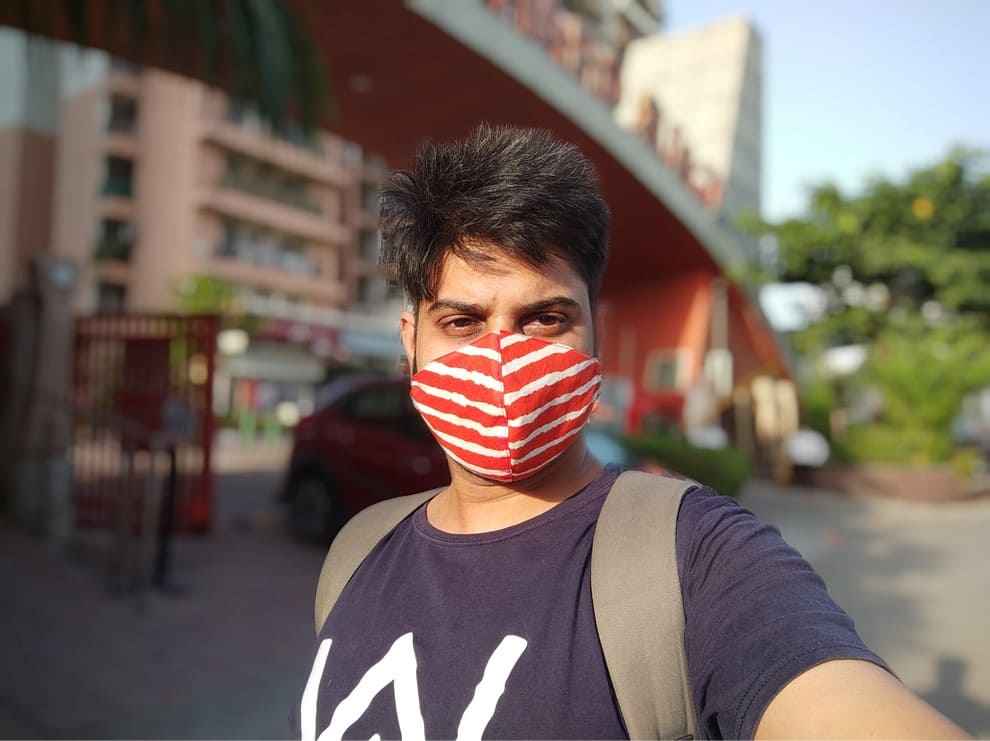POCO X3 Camera Review: 64MP sharpshooter
The POCO X3 sports a 64MP quad camera stack at the back with a host of software features to play around with.
Upon testing, the POCO X3 came out as a reliable camera smartphone in the under 20k price segment.
Read more to find out how the camera performs in the real world.
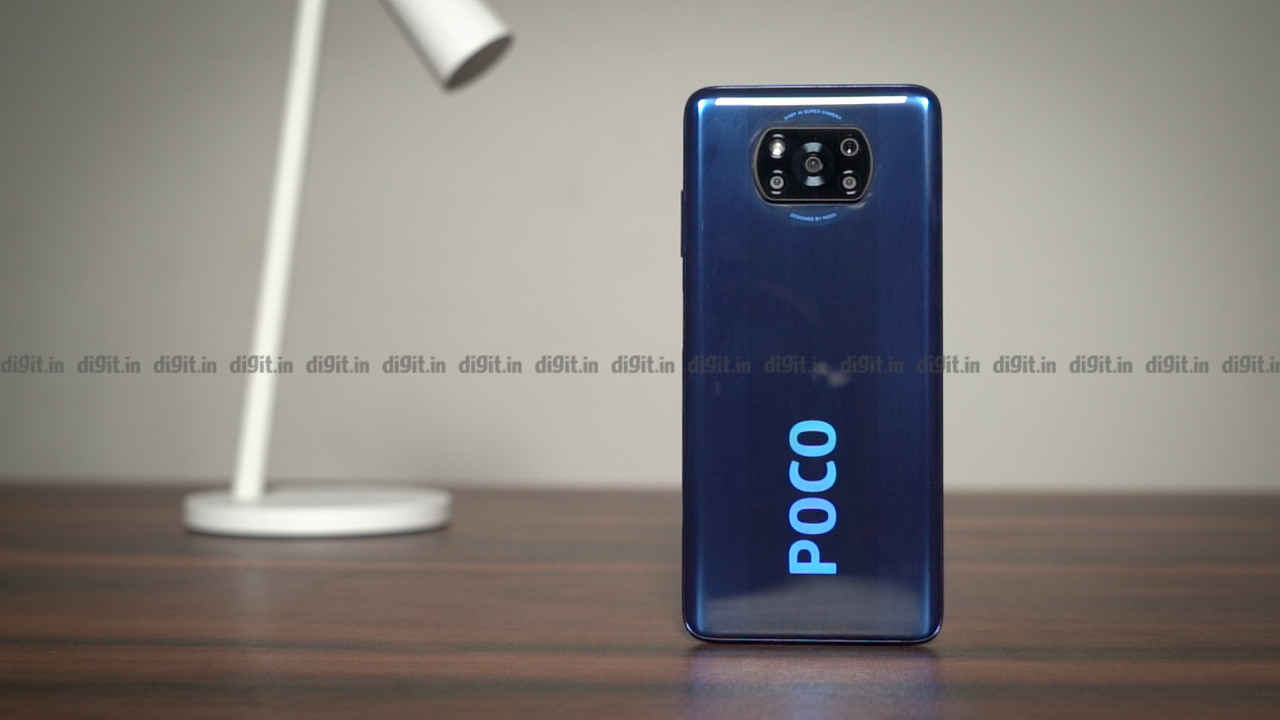
The POCO X3 is the ideal example of ‘don’t fix what ain’t broken’. The smartphone preserves the best parts of its predecessor — The 120Hz display, the 64MP camera stack and a 7-series Qualcomm chipset; loses a few important bits — The second selfie camera, the rear glass panel, and even adds a few new things — A 6,000mAh battery and faster 33W charging. It’s an incremental upgrade at best over the POCO X2, but considering the price, the POCO X3 feels like it’s right in the middle of all the action in the mid-range segment.
 Survey
SurveyWe reviewed the POCO X3 on our YouTube channel, but we felt the camera on the POCO X3 needed a closer look. There’s something interesting going on here. The POCO X3 uses a smaller Sony IMX682 64MP camera over the Sony IMX686 on the POCO X2. Then again, the X3 upgrades to a larger sensor on the ultrawide camera, while the rest of the setup seems to be the same. Is it cutting corners? Or is there more going on here?
POCO X3 Camera Specs and features
The POCO X3’s triple camera stack features a 64MP primary camera with f/1.9 lens, an 13MP ultrawide camera, and two 2MP cameras for macros and portraits. On the front is a 20MP selfie shooter with f/2.2 lens. Hardware-wise, the POCO X3 seems to be toeing the line of mid-range innovation. It’s the software inside that seems to set this apart. POCO packed the camera app with features that would take days to explore in totality. There’s a dedicated Long Exposure Mode where you can shoot light trails, waterfall, starry skies and more. There’s also a clone tool, a vlog mode, another short video mode, and much, much more. This is a camera app that feels like it’s aimed straight at enthusiasts and those who want more out of a smartphone camera without taking the pain of doing things DIY. The camera has something for everyone. But how does it actually perform?
Camera samples in this article are resized for the web. You can browse through the photos at original resolution on our Flickr Gallery.
POCO X3 Daylight Photos
The POCO X3’s camera output is by far one of the sharpest we have seen in the mid-range segment. Add to that a colour profile that looks both natural and vibrant, and what you get are photos that can be shared on social media without further editing.
Despite the sun in the background, the POCO X3 was able to deliver sharp, crisp details from the trees in the foreground. There’s also details on the overhead pole while the buildings in the background are faded, but not completely clipped.
Here’s another example of impressive dynamic range, but we have seen better from flagships and high-end smartphones. For this price though, the result seems remarkably good. The camera didn’t saturate the blue sky, it caught the shades of sunlight on the building with precision, and the tree is perfectly in focus, with every bit of it reproduced with sharp details.
100 percent cropped
Speaking of details, the default 16MP camera reproduces details with excellent clarity, provided the light is good. The great thing is, even the 64MP camera is excellent at reproducing sharp details. Take a look at a few more shots for a better idea of how this camera performs.
POCO X3 Lowlight Photos
The POCO X3 offers a dedicated Night Mode that only supports the primary camera for taking multi-frame night shots. The results are good enough for the price. Partially lit areas of the frame come out sharp, especially the edges, while the darker areas doesn’t have too many details. As a result, the Night Mode is good for shooting scenes that are lit by street lights, or at least have one source of light coming in. Pitch dark scenes cannot be captured here.
However, POCO does have the Long Exposure mode which we have not found a right subject to test with, yet. We might just sneak out to the hills sometime this month for a full-blown comparison of starry modes in smartphones.
POCO X3 Ultrawide Photos
The 13MP ultrawide camera is an improvement over its predecessor, but it’s still not as good as to be consistent with the primary camera output, like we find in more expensive smartphones. The camera gets the same Pro Colour treatment from the camera software which results in distinct shades of colour. But like most ultrawide cameras, there’s fringing along the edges of the frame, and the sharpness is focused more in the centre.
POCO X3 Macro Photos
With controlled lighting, the 2MP macro camera can actually produce some artistic shots, like the first sample in this section. But more often than not, you will end up with results like the second sample with distorted colours, smaller plane of focus, and muddy details.
POCO X3 Selfie Camera
Selfies from the camera came out pretty good. I particularly like how the camera is able to reproduce facial details. Having a mask on doesn’t throw the depth sensor off, and the subject separation is almost perfect, with a slight halo effect around the edges.
Bottomline
The POCO X3 comes as a reliable camera smartphone in the under 20k price segment. The smartphone manages to achieve excellent hardware-software synergy to produce photos that hardly need further post-processing before sharing them online with friends and family. It also doesn’t go overboard with the AI processing. The Pro Colour Mode subtly adds richer shades of colour to the photos. You can also switch to a more manual approach with the Pro Mode, or rely on a variety of filters and camera modes to experiment with. That said, don’t expect too much from the camera. It’s still strictly mid-range, but poses a big threat to the likes of the Realme 7 Pro, the OnePlus Nord and Xiaomi’s own moneymaker, the Redmi Note series.
